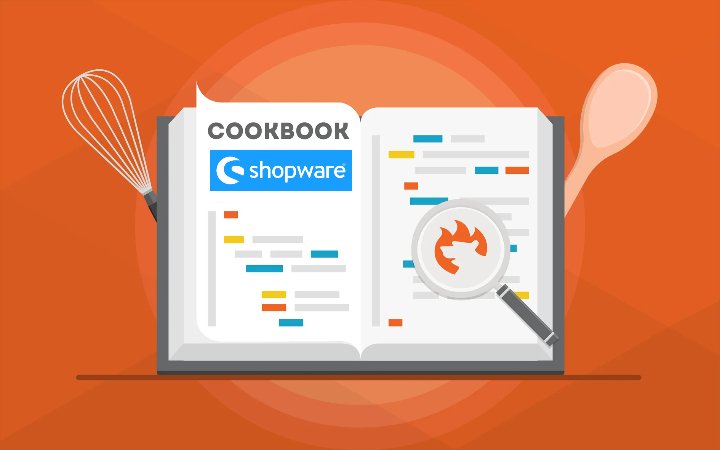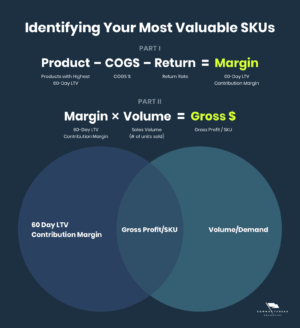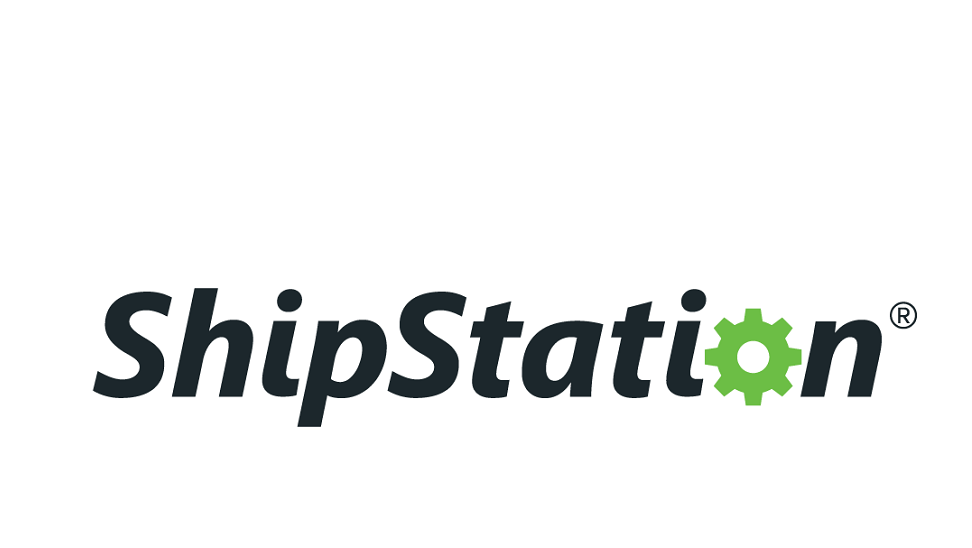
Utilizing various third-party services or extensions increases the functionality of many contemporary digital commerce businesses. This not only increases employee productivity and streamlines their daily chores, but it also boosts sales and increases customer loyalty. SaaS systems are one of the solutions that many businesses use. A method for offering applications as a service through the Internet is a software as a service. You can avoid difficult software and device maintenance by just employing online software access rather than setting up and running it. Security, usability, and performance of the application are handled by the supplier. This tactic is really helpful and profitable for your company. Additionally, there is corporate flexibility. That explains why a lot of people prefer them. Today, we’ll examine ShipStation, one of these services. Let’s analyze the solutions’ characteristics, expenses, alternatives, and other specifics.
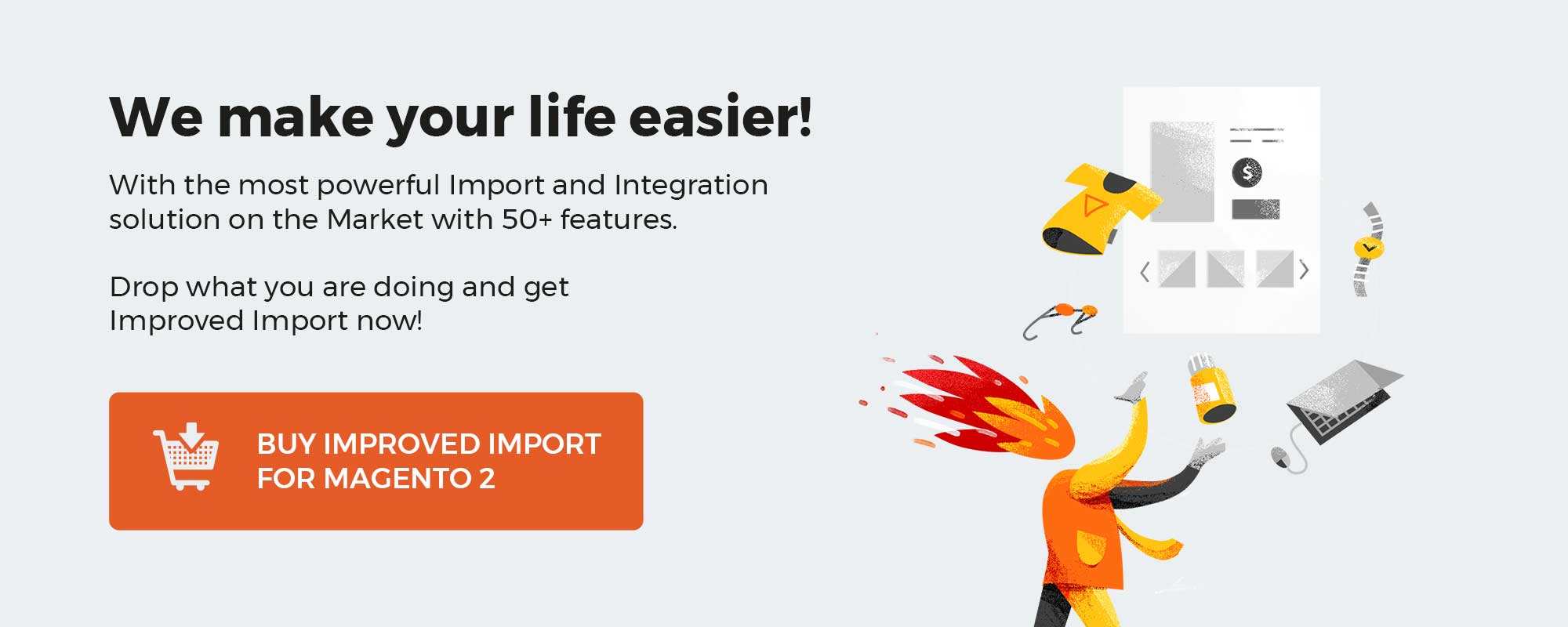
Try ShipStation with Free
Table of contents
Introduction: What exactly is ShipStation?
You can efficiently and conveniently organize your eCommerce orders with the aid of ShipStation Order Management software. With the help of ShipStation, you can manage all of your online orders in a variety of ways and have a lot of the order fulfillment processes automated. Gain total control over and knowledge of every order you place across all of your different selling channels at every point of the delivery process. By automatically taking action on orders based on the parameters you provide, you can save time. Additionally, Shopify, WooCommerce, BigCommerce, and other well-known e-commerce platforms can be integrated with ShipStation.
If you want to grow and automate many aspects of your business, ShipStation is a fantastic investment. This solution offers API development, and for the fulfillment of your orders, there are a few leading global companies, like FedEx, UPS, DHL, and other intermediaries. The platform can assist with things like electronic commerce orders and the tagging of baggage.
Let’s dive deeper into the functionality of this platform.
ShipStation Main Features
With its wealth of functionalities, ShipStation can provide you with whatever you require, from automation to order management. Now let’s briefly go through these advantages and try to put everything in its proper perspective.
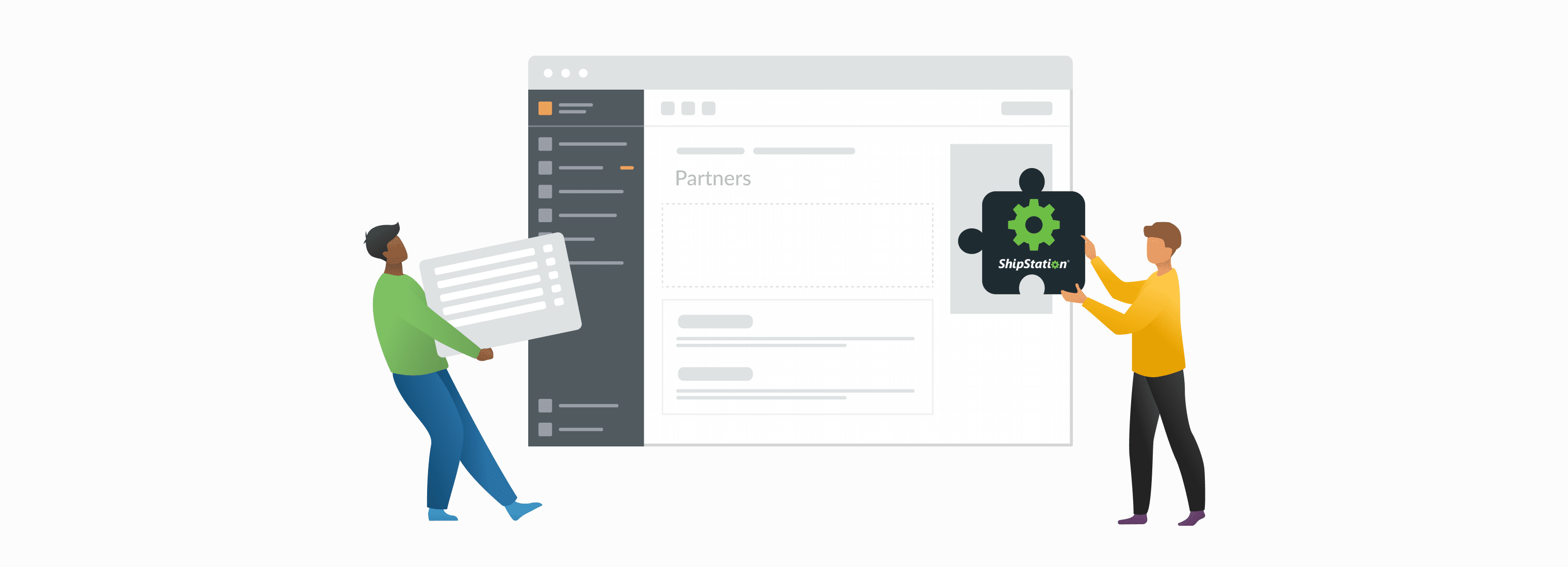
To start, ShipStation gives you access to features like these:
- Order Management. Gain total control and knowledge of all of your orders at every point of the shipping procedure from all of your various selling channels. By applying actions to orders automatically depending on parameters which can choose, you could simplify your daily routine. Connect a selling channel, construct orders manually, upload a CSV, or enter via an API to sync as many orders as you like among as many sources as you use.
- Work with Shipping. For all of your online orders, ShipStation allows you to easily generate discounted shipping labels. With this platform, you can quickly create multiple tags, print a label, and get the cheapest price. You can spend more time selling and less time shipping with a few simple clicks.
- Inventory Management. Manage your inventory effectively from a warehouse or other remote location. Picking, packing, and order fulfillment may all be done more effectively while viewing stock levels, setting inventory alerts, or allocating stock.
- Integrations & Third-party Connections. You can easily link with your marketplaces, shopping carts, order management systems, and more with ShipStation. The days of laborious copying and pasting are over.
- Unique Branding Features. With branded shipping, you have the chance to give your consumers a more distinctive and memorable delivery experience without spending any extra money. Through a number of services, including personalized shipping labels, a returns site, and a tracking page, ShipStation powers branded shipping.
ShipStation Automation
You can personalize order fulfillment procedures using ShipStation’s automation capability to cut costs and time associated with delivery. It employs automation rules, which are activities you want to carry out in relation to a collection of orders.
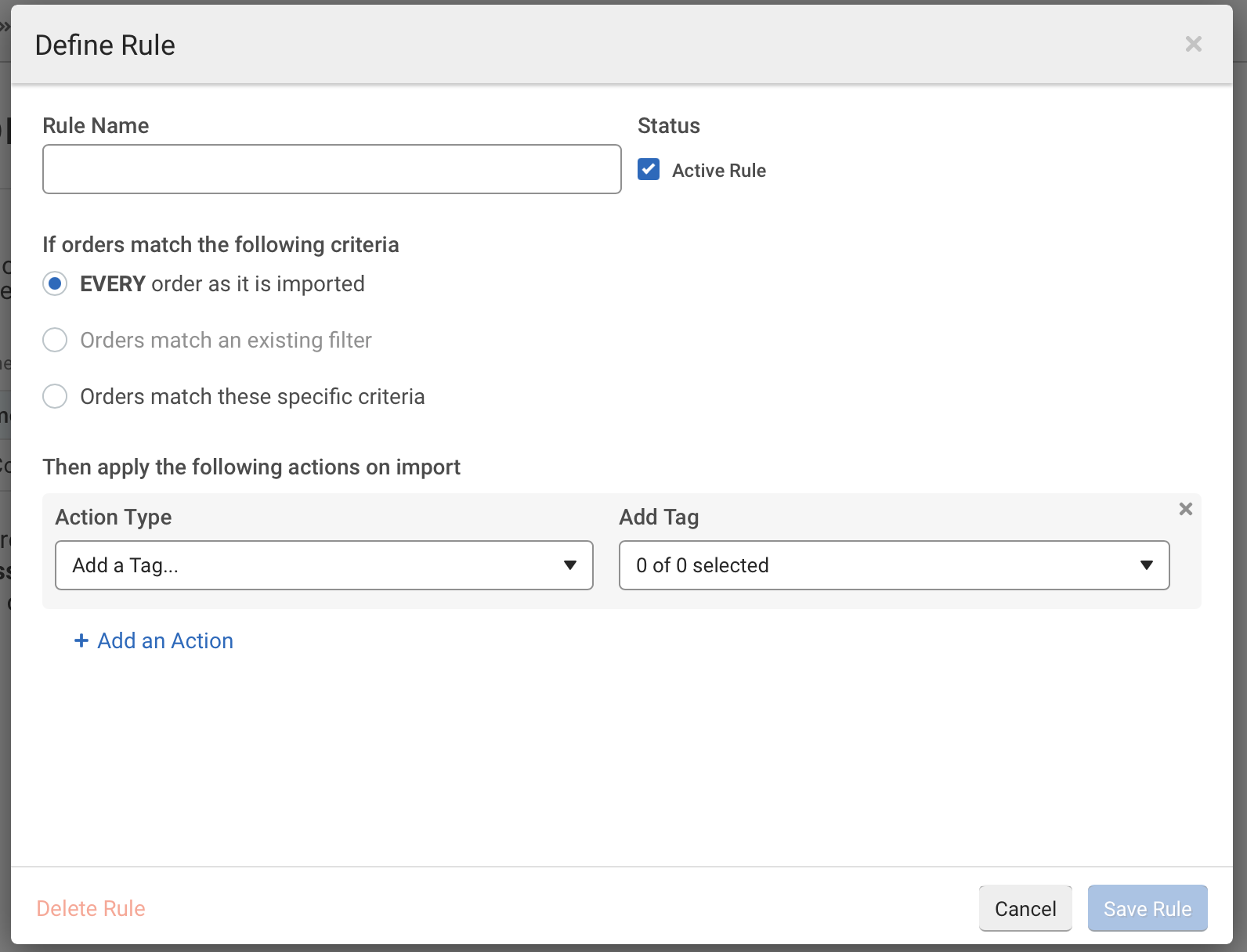
Each rule begins by going to Settings and selecting Automation Rules from your account. Go to Create a Rule here, and then configure the rules as shown in the screenshots. For instance, here is how it would appear if you were to select the default setting for international shipping.
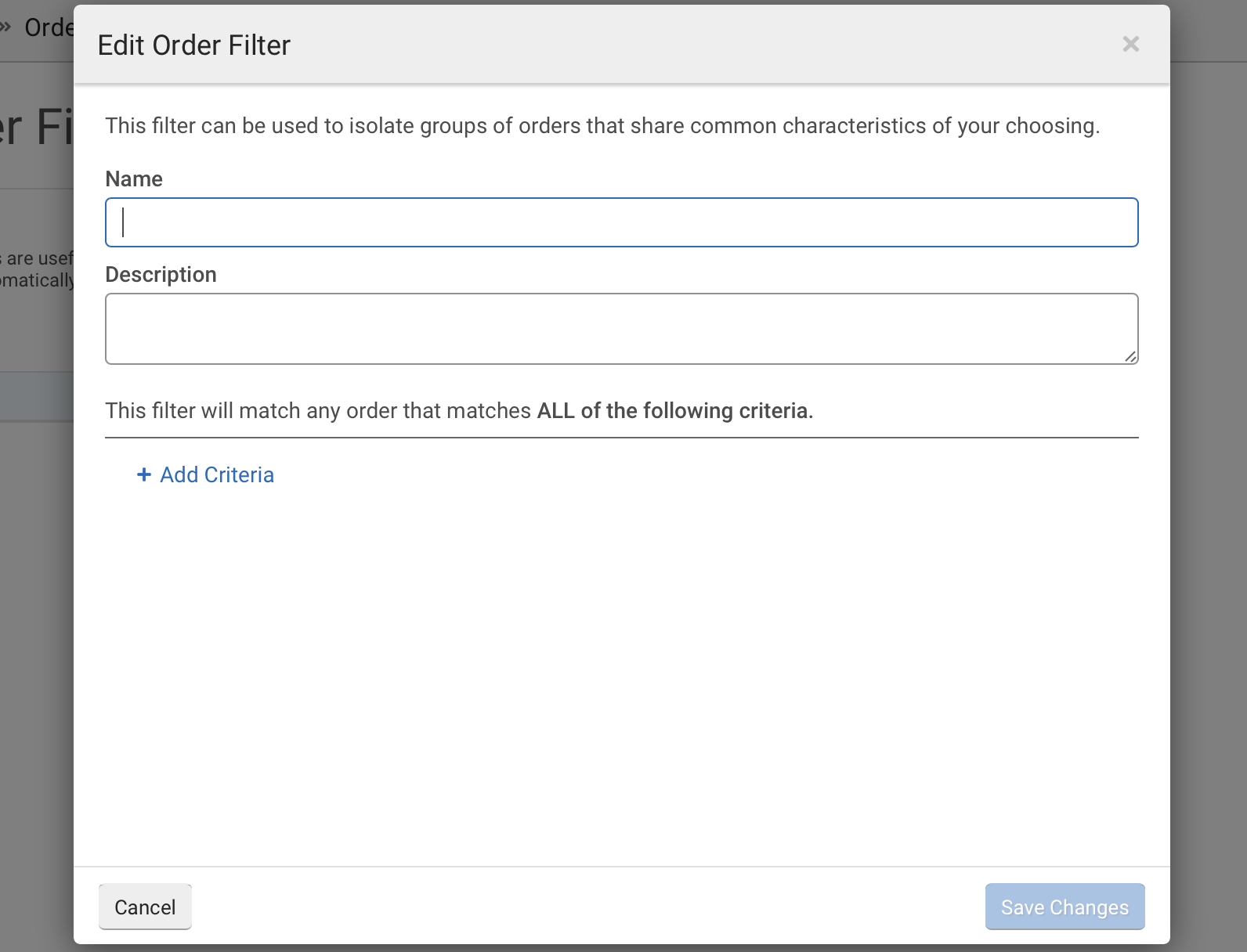
ShipStation Order Management
You may import order data into ShipStation from more than 40 sales channels. Each order receives pre-configured delivery preferences thanks to the program. Specifications, personalized packing slips, and branded labels serve as the foundation for this.
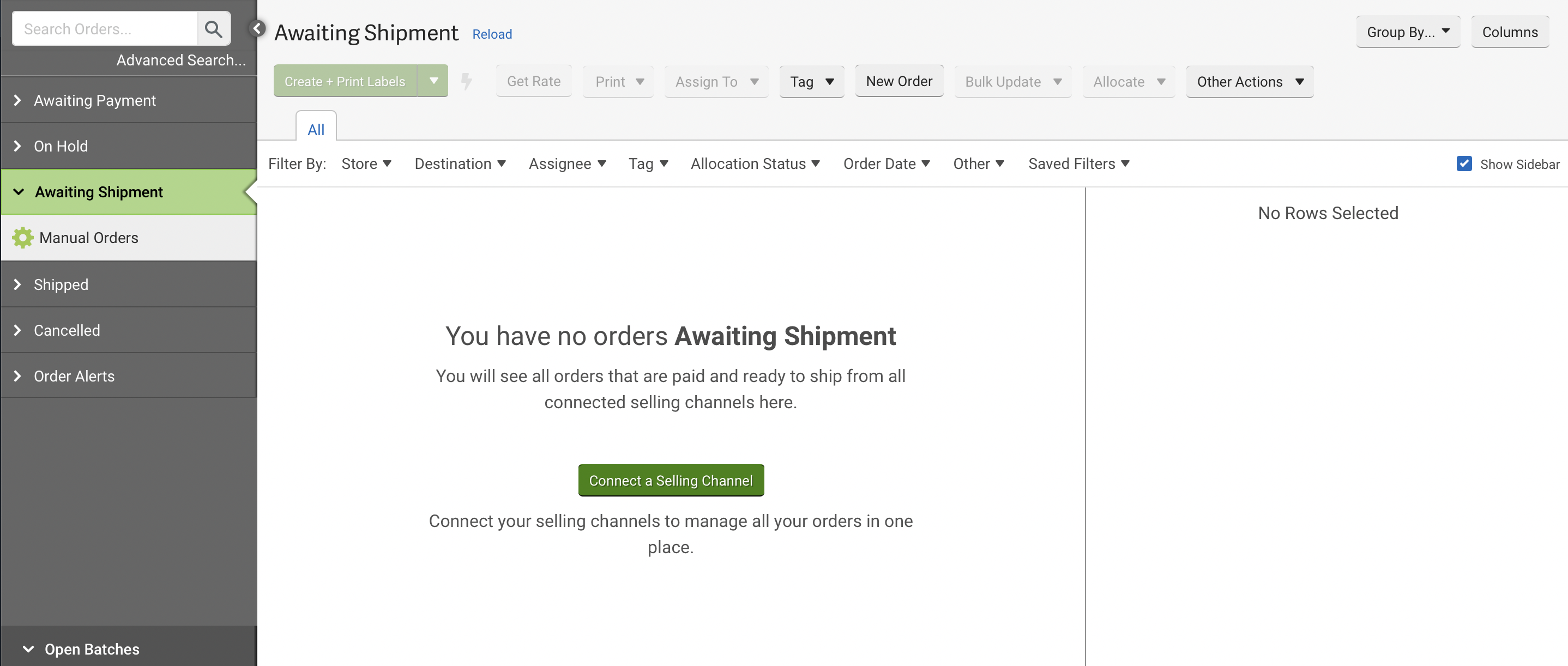
As a result, you may import your orders straight from a few sales channels, add a carrier, and generate shipping labels right away.
The delivery status and tracking details are then automatically updated by ShipStation for each online business. Every package’s return label is printed automatically using the one-click return management tool.
ShipStation Inventory Management
The inventory management tool from ShipStation aids sellers in maintaining their stock. More effectively keep track of inventories with an app or on a mobile device.
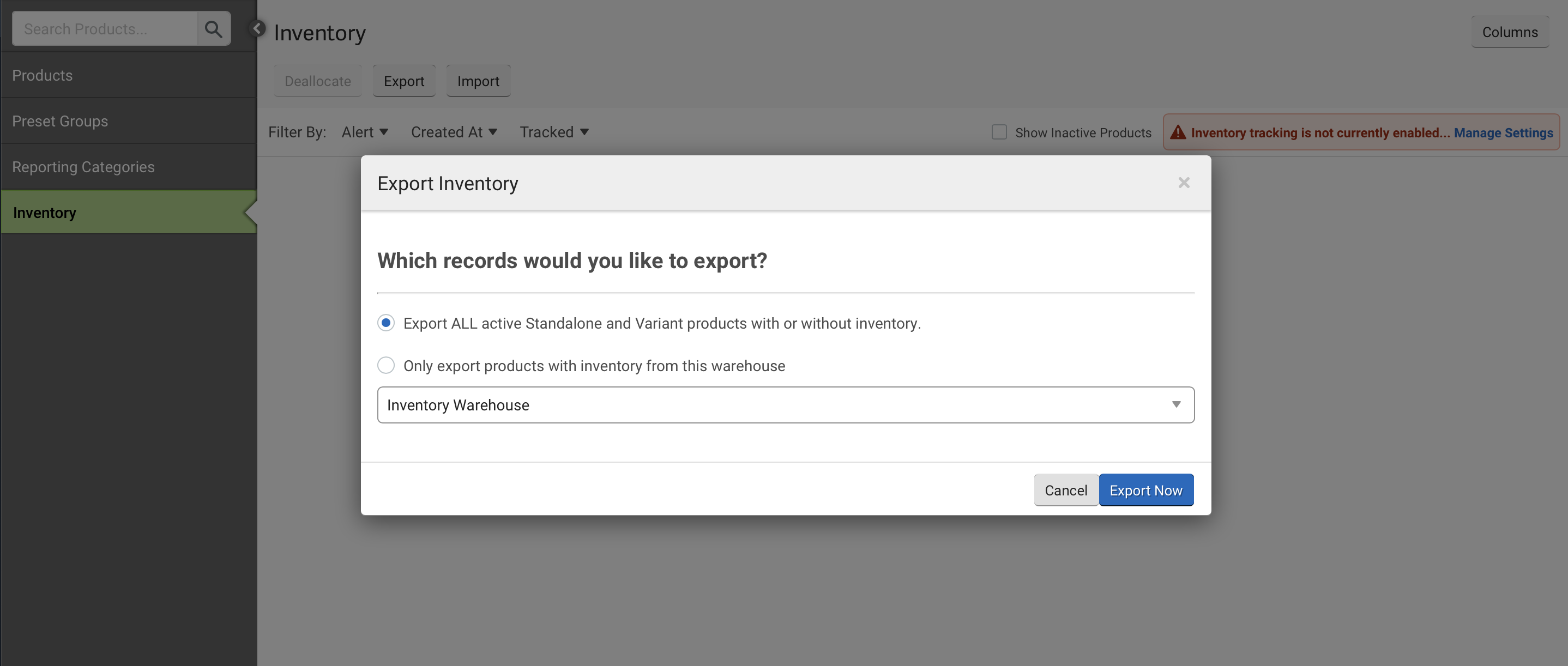
You can also allocate stock, set inventory alerts, and do other things. You can deallocate stock if you have previously reserved it for your orders but no longer require it.

Packing slips can be made to include a product’s inventory location to make it simpler for people who pick and pack each order.
ShipStation Integrations
Along with integrating with carriers, a sizable number of marketplaces, shopping carts, and e-commerce platforms are also supported by ShipStation. Use the Custom Store Integration functionality to import orders if your platform does not support integration.

Shopify, BigCommerce, WooCommerce, 3dcart, Weebly, Amazon, Etsy, eBay, PayPal, Quickbooks, and StitchLabs are just a few integrations you might find at ShipStation.
ShipStation Pricing
Six different payment tiers are available from ShipStation as a monthly subscription. You can link an unlimited number of stores using any shipping channel with any subscription. Additionally, it enables you to design custom packaging slips and labels.
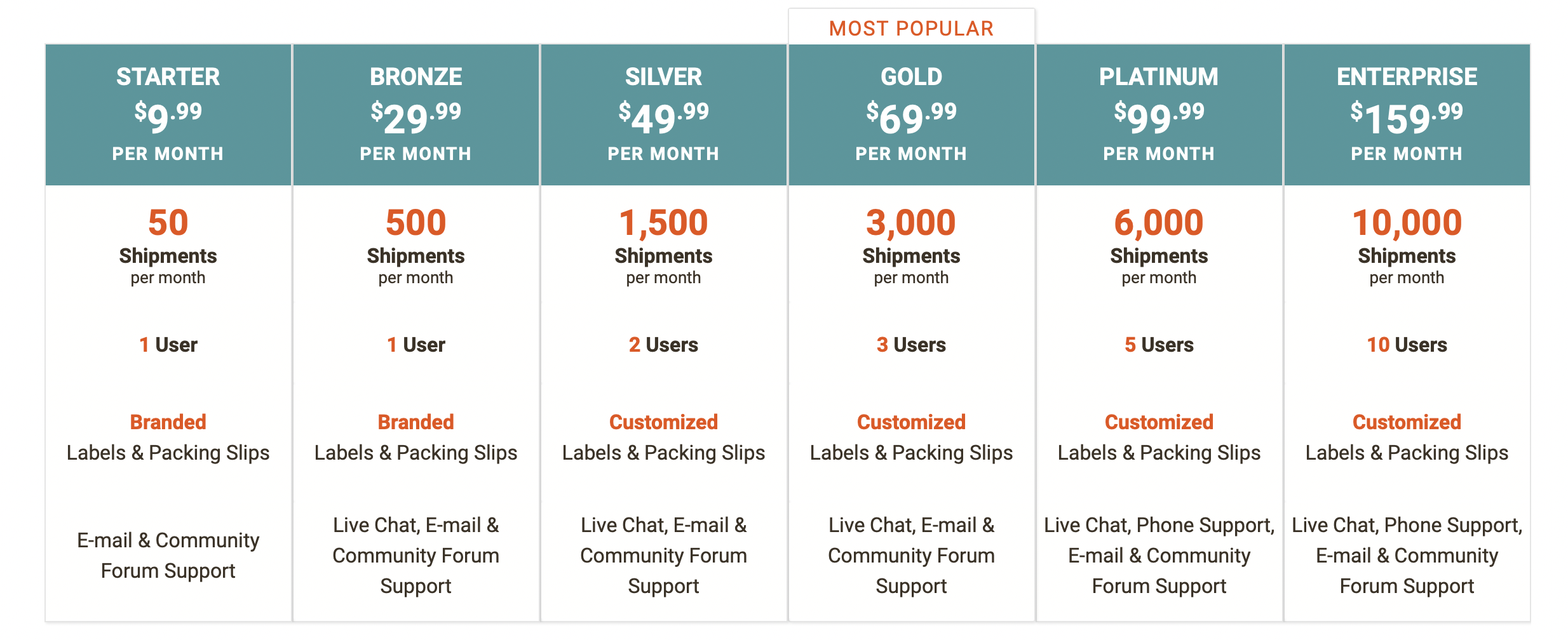
Starter, Bronze, Silver, Gold, Platinum, and Enterprise are the 6 pricing tiers. If you want to try out the service before committing, ShipStation offers a 30-day free trial. You should take advantage of this free trial to learn about the entire capability of the platform.
Let’s take a closer look at each plan.
- The Starter plan has 50 shipments and costs $9 per month. It only serves one user and permits shipments through all sales channels. Branded packaging slips and labels are provided by the plan. Additionally, it offers assistance via email and online forums.
- The Bronze plan, which covers 500 shipments across all selling channels, costs $25 per month. It offers branded labels and packaging slips for a single user. The Bronze package offers email and community forum support, much like the Starter plan.
- Thirdly, 1500 shipments across all selling channels are included in the $45 monthly price of the Silver plan. It has two users and is furnished with branded labels and personalized packaging slips. The Silver plan offers live chat, email, and discussion boards for customer service.
- The Gold package, which costs $65 a month for 3000 shipments, is the fourth option. It provides branded labels and customized packaging slips for its three users. Live chat, email, and community forum help are also part of this package.
- The Platinum package, which includes 6000 shipments via all sales channels, is $95 per month. It offers personalized packing slips and branded labels, and it can accommodate 5 users. Additionally, it offers community forums, email, and live chat help.
- The Enterprise package, which includes unlimited monthly shipments through several selling channels, is priced at $145. This plan supports 10 users, making it a great choice for big businesses with a lot of orders.
ShipStation Integrations
Integration is a crucial tool today. Without it, businesses are left without a vast array of extra features intended to aid in the operation. Because of this, practically all contemporary platforms include integration possibilities. This is also true of ShipStation. Let’s check out a few of them now.
Shopify Integration
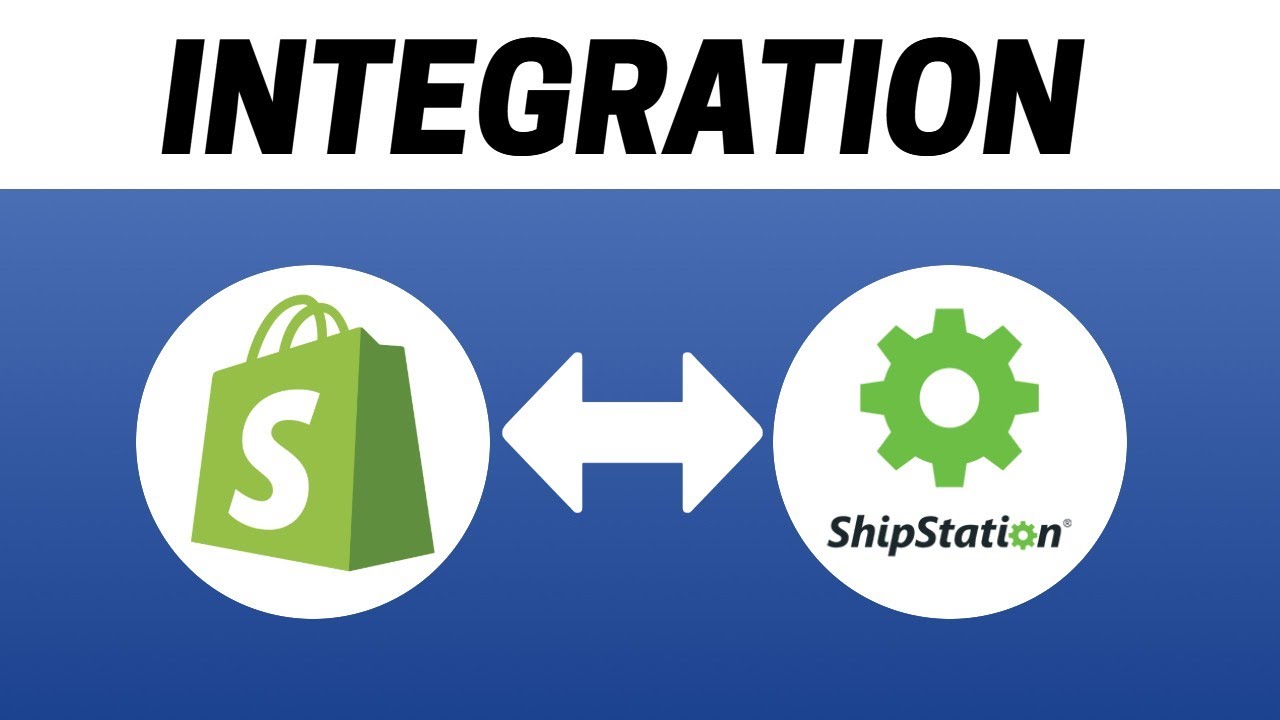
Because Shopify is a hosted shopping cart solution, you don’t need to have a server of your own. Additional features for your e-commerce store are available through Shopify’s extensive network of partners and application stores. Order and product imports, custom fields, customer-requested shipping services, and configurable email confirmation choices are all supported by the ShipStation Shopify integration.
Salesforce Integration

We can import orders from the Salesforce platform and update those order records with tracking information once a label is created thanks to the ShipStation interaction with Salesforce.
BigCommerce Integration

The cloud-based platform of BigCommerce enables retailers to expand their mid-market brand companies. BigCommerce has a direct integration with ShipStation that allows you to rapidly start shipping by automatically importing your orders. As soon as you generate a label, ShipStation will immediately send a notification to your BigCommerce account with the shipment information for each order.
WooCommerce Integration
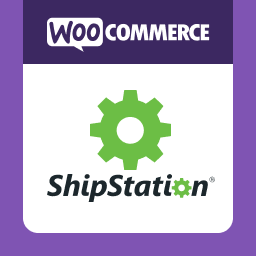
A free e-commerce plugin for the WordPress content management system is called WooCommerce. Enhance the eCommerce features on your WordPress website by integrating ShipStation. For WooCommerce, this application was specifically created. The WooCommerce shipping plugin is easy to set up and configure. After that, you can sync your orders, let customers select their delivery method, add order notes, and take advantage of personalized shipping-confirmation emails by importing your WooCommerce orders directly into ShipStation.
ShipStation Pros and Cons
It is common for each platform to have some benefits and cons. Let’s examine the advantages and disadvantages of ShipStation and try to determine what is good and what is bad.
Pros
- Outstanding flexibility: ShipStation provides features like custom views and real-time reporting so you can monitor the performance of your business.
- Custom branding: One wonderful strategy to increase familiarity is to use ShipStation’s custom branding choices for your returns and tracking pages.
- Multiple carriers: ShipStation allows you to manage a variety of carriers, including FedEx, UPS, DHL, and Fulfilled by Amazon.
- Integrations: You can increase the capability of your fulfillment system by choosing from a number of different integration options.
- Order management: You can import order data from more than 40 channels using ShipStation, making it simpler to keep track of your company’s operations.
- Reporting: ShipStation’s unique reporting and graphs assist you in demonstrating your company’s success to investors.
- Scalable: As your business expands, our shipping service will too. The ShipStation accounts only cost $5 per month if you want to increase the number of users on your small company website.
Cons
- Limited customer support: Shipstation won’t provide much additional assistance if you’re having trouble setting up or running your solution.
- Strange learning curve: It takes some time to learn how everything from inventory management to automated ship orders commands functions, as is the case with many shipping service solutions.
- Costly: Paying for your Shipstation account and shipping costs might quickly mount up depending on the shipping options you select.
ShipStation Alternatives
Each platform has a variety of alternatives, some of which may be better or worse than the original. We want to look into ShipStation substitutes that offer comparable features.
We want to talk about Shippo first. Shippo offers a multi-carrier shipping platform to automate the delivery process and supply chain. It primarily operates in the US. Shippo is accessible to both merchants and ecommerce companies and platforms. Shippo offers a Pay-As-You-Go option, whereas ShipStation exclusively offers monthly membership packages. This is the main distinction between the two services.
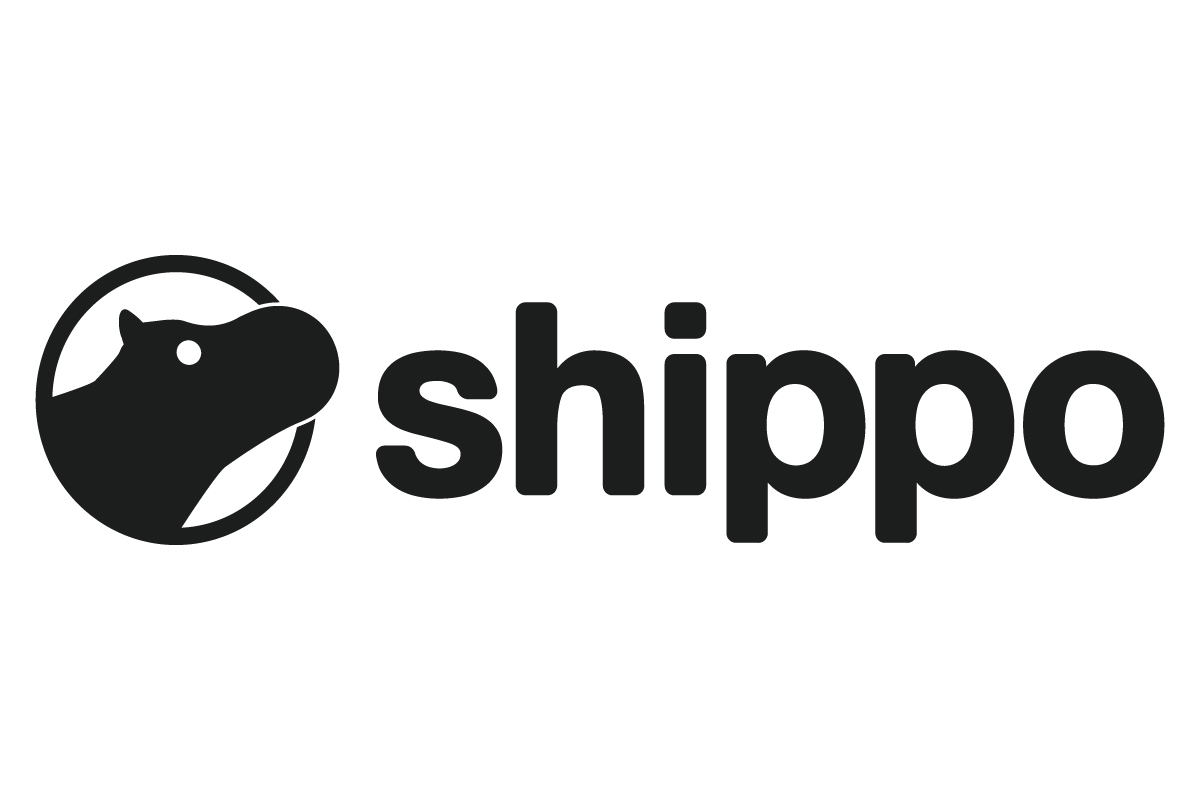
Additionally, Easyship is a respectable substitute. With the help of the online shipping tool Easyship, American e-commerce companies may speed up shipment and tracking times. When shipping internationally with FedEx, DHL, USPS mail classes, and UPS, Easyship offers special discounts.
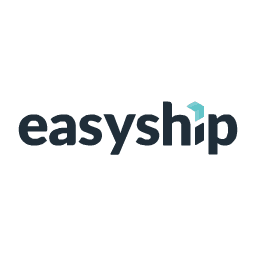
Furthermore, AfterShip. This is an international platform for shipping and tracking services that guarantee eCommerce businesses keep customers informed, was founded in Hong Kong. The fantastic tracking features that Aftership offers are its most cherished characteristics. Additionally, it offers a mobile app that is available for both iOS and Android smartphones. It is regarded as the best platform for online businesses to track shipments. In addition, AfterShip offers Shopify merchants one of the top order tracking tools.

FAQ
Is it simple to use ShipStation?
Most users think ShipStation is simple to use and great for streamlining workflows. However, it’s important to keep in mind that ShipStation doesn’t offer much support if you do struggle. Some corporate executives may have issues as a result of this.
Does ShipStation Cost A Lot?
You can pay for your support from ShipStation in a number of methods, including the straightforward ShipStation Connect. This solution has a good selection of alternatives, especially when you take into account the integrations with top shipping firms.
Who Might Want to Use ShipStation?
This tool could greatly simplify your life if you own a small to mid-sized business and are trying to expand your eCommerce offering. One of the various online options for shipping and order management is ShipStation. With a few clicks, the fulfillment and shipping cycle may be streamlined. Additionally, you can integrate with a number of technologies, such as Shopify, which might greatly simplify your life.
Conclusions
ShipStation is a web-based, multi-carrier shipping system created to simplify the fulfillment process for eCommerce businesses, as we have already said in this piece. Users of this software can automatically import orders from the most widely used sales channels and shopping carts thanks to the product’s numerous connectors. I believe that the primary goal of ShipStation is to make your shipping process simpler. That is the platform’s main emphasis and its main point of strength. To determine whether you require it or not, we urge you to take advantage of the free trial.
Try ShipStation with Free




